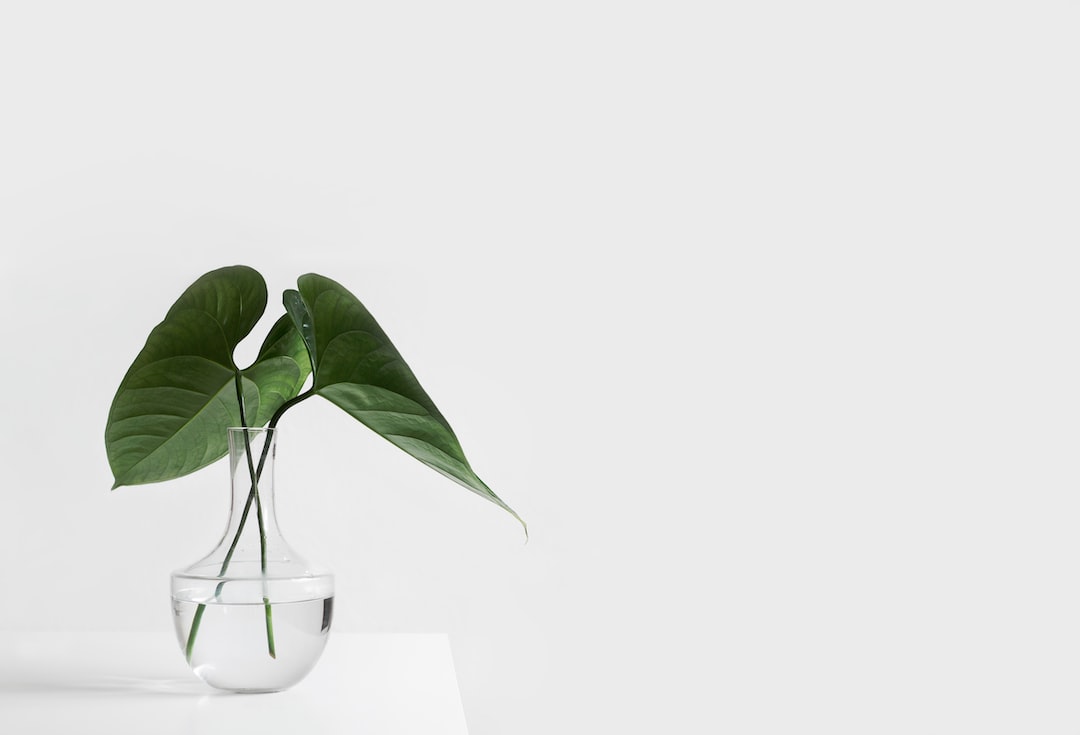The Power of Minimalism in Web Design
For years, minimalism has been a strong force in the world of design. Its influence can be seen in almost every form of visual art, from photography and typography to fashion and architecture, and web design is no exception.
Minimalism in web design is a style that focuses on delivering the most important content as simply and effectively as possible. It seeks to reduce distractions and create a streamlined experience for users. By embracing minimalism, web designers can create websites that are more visually appealing, easier to use, and more effective at communicating their message.
The Benefits of Minimalism in Web Design
The key benefit of minimalism in web design is that it helps to create a simpler user experience. By removing unnecessary clutter and focusing on only the most important elements, the user can quickly understand what the website is about and how to interact with it. This makes the website easier to use, more intuitive, and more enjoyable to browse.
Using minimalism also allows web designers to emphasize the important elements of their designs. By stripping away extraneous content, they can draw attention to the website’s main purpose, making it more effective at communicating its message. This is particularly important for businesses, who rely on their websites to generate leads and convert visitors into customers.
How to Apply Minimalism in Web Design
Applying minimalism in web design starts with the basics. The layout should be clean and simple, with plenty of whitespace and a focus on typography. Colors should be used sparingly and used to highlight important content, while images should be relevant and of the highest quality.
The goal of minimalism is to create a website that is easy to use and to understand. This means focusing on the user experience, with an intuitive navigation system and concise copy. Content should be organized in a logical way and should never be overwhelming or confusing. Above all, the user should always be able to find what they’re looking for quickly and easily.
Conclusion
Minimalism in web design is a powerful tool that can help create more effective and enjoyable web experiences. By stripping away the unnecessary, and focusing on only the most important elements, designers can create websites that are simpler, cleaner, and more effective at communicating their message.
The Advantages of Minimalism in Web Design
When it comes to a website’s design, minimalism has become something of a buzzword in recent years. Proponents of the approach argue that stripping away anything unnecessary allows users to focus on the most important elements, leading to better and more engaging conten t. So what is the power of minimalism in web design, and why should we consider it when creating our own sites?
t. So what is the power of minimalism in web design, and why should we consider it when creating our own sites?
Enhanced User Experience
The main argument for minimalism in web design is the improved user experience that it provides. By reducing clutter and removing elements that aren’t essential to the page, users can easily find what they’re looking for without becoming overwhelmed. This is especially important for e-commerce sites, where customers need to find product information and place orders without having to sift through unrelated content. They want to be able to quickly locate the items they are searching for and make the purchase process as seamless as possible.
Minimalist websites also generally load faster, as there is less content to download. This is often cited as an advantage when compared to pages that rely heavily on imagery or videos, making them more attractive to mobile users who may have slower internet connections. The minimalistic approach also makes it easier for visitors to scan pages quickly and navigate through links, improving the overall UX of the website.
Content Focused Design
When it comes to a website’s content, many people feel that minimalism allows them to focus on the most important parts. By restraining the number of design elements, you can draw attention to the core message you’re trying to communicate and guide visitors around the page. Many of today’s top websites use minimalism to create an effective content-focused design, emphasizing their message with subtle visual cues and allowing users to focus on the substance rather than elaborate graphics.
Minimalist websites also often feature a clear hierarchy of information, helping to ensure that the most important content appears near the top of the page. This makes it easier for visitors to understand the page’s structure and navigate to the sections they’re most interested in. With this kind of design, it’s much simpler to provide visitors with the information they need in the fewest clicks possible.
Aesthetic Appeal
Minimalism isn’t just about practicality — it can also be used to create an aesthetic appeal. By reducing the number of visual elements and keeping things simple, designers can create a clean, modern look that is aesthetically pleasing. This is particularly useful for businesses that want to convey an air of professionalism and sophistication, or for those that want to set themselves apart from the competition. For instance, Apple is well-known for its minimalist product designs, and its websites and advertisements often reflect this approach.
In addition to providing a more visually appealing design, minimalism can also create a sense of calm. By removing distractions and unnecessary elements, visitors can focus on the content and enjoy a peaceful browsing experience. Websites such as Google and Airbnb are using this technique to keep their users relaxed and inte
Minimalism in web design is a powerful tool to create an elegant and functional website. Learn how to use minimalism to draw attention to the content of your website and create an inviting user experience.


